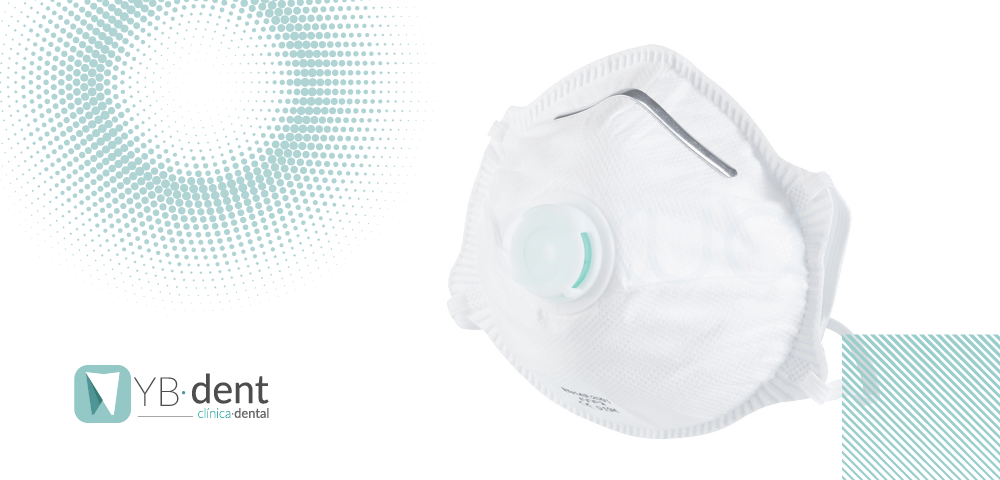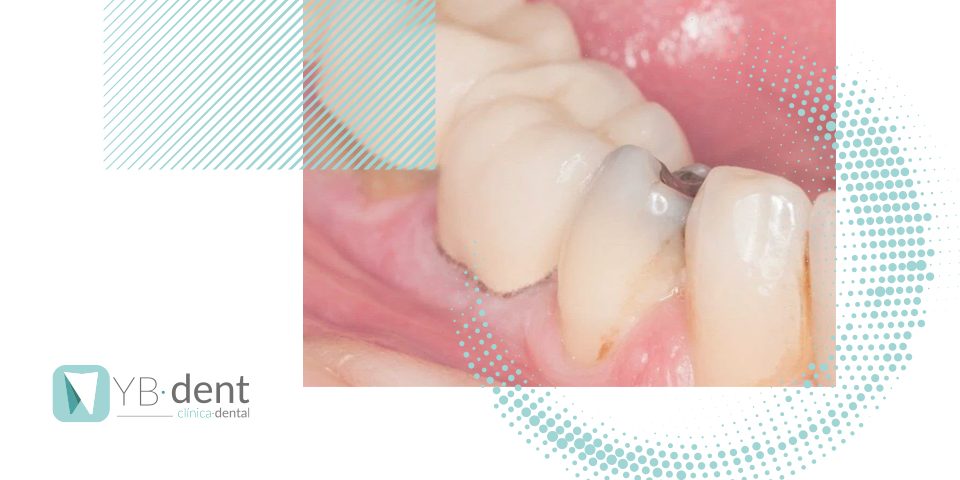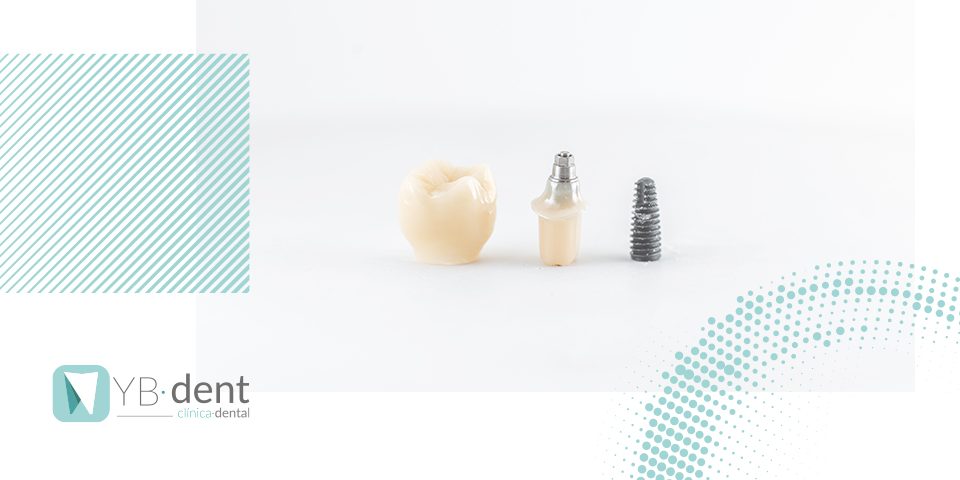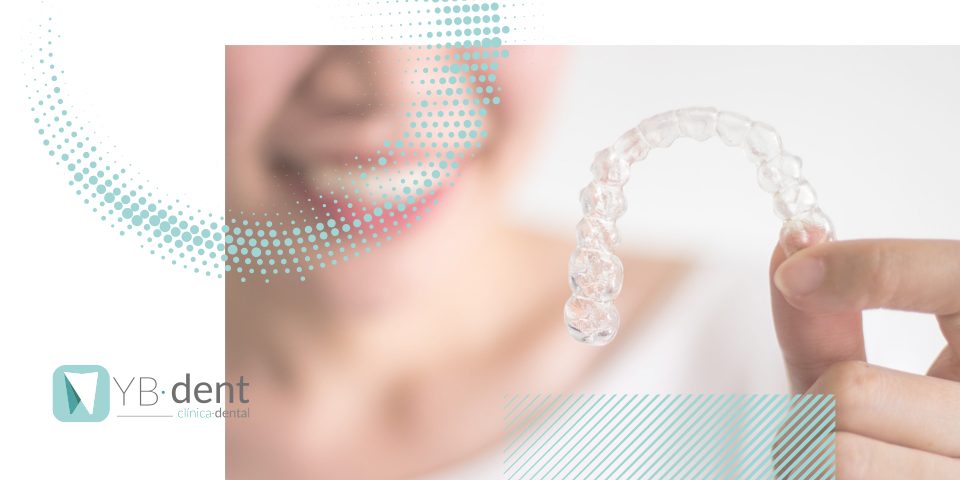Cómo ha afectado a las Clínicas Dentales el COVID-19 (Coronavirus)

El brote de COVID-19, también conocido como coronavirus, está siendo el titular de todos los portales informativos desde hace varios días. Como ya comentamos en un post anterior, las clínicas dentales se han tenido que enfrentar a bastantes incertidumbres desde que se anunció el estado de alarma en España.
En el día de ayer, el presidente del Consejo General de Dentistas, Óscar Castro Reino, reclamó al Gobierno que se cerrasen todas las clínicas dentales debido al estado de alarma que se está aplicando en nuestro país, además de que se concedan ayudas fiscales para paliar el impacto económico al que se están enfrentando las clínicas.
En palabras de Castro Reino, el COVID-19 ha afectado de manera directa a los dentistas. Los odontólogos/as tenemos que trabajar en contacto directo con el paciente (sin cumplir la distancia mínima de seguridad de un metro) y utilizando aerosoles. Lo que nos convierte en profesionales de riesgo y potenciales transmisores del virus por estar en contacto con varios pacientes diferentes diariamente.
A esta escasez de medios para poder atender sin contagiar ni ser contagiados, se une el hecho de que las comunidades autónomas y el propio Gobierno de la nación están pidiendo a los dentistas que cedan sus Equipos de Protección Individual (EPI), como las mascarillas, a los trabajadores de la sanidad pública que se enfrentan de manera directa con pacientes ingresados por el coronavirus.
¿Cuáles son las mascarillas indicadas?
Por tanto, al estar donando todo su material sanitario que hay en las clínicas, no poseen siquiera las mascarillas FFP2 y FFP3 necesarias para poder prevenirse contra el contagio de esta pandemia, lo cual provoca que no trabajen con la seguridad adecuada y limita su actividad laboral.
Si a todo esto sumamos que la gran mayoría de clínicas dentales son autónomos esta falta de trabajo y de donación de materiales a la sanidad pública puede suponer un descalabro económico para todas ellas si no se facilitan ayudas financieras.
El Consejo General de Dentistas, en consecuencia, ha recomendado que en las clínicas dentales solo se atienda a los casos más urgentes. Aquellos que no tienen margen de espera hasta que el brote de coronavirus remita y siempre que se posea los medios necesarios para garantizar la salud del paciente y del equipo dental.
Desde Clínica Dental YB·dent, siguiendo las indicaciones del Consejo General de Dentistas, recomendamos que los pacientes no acudan a la clínica sin antes llamar previamente por teléfono y, hacerlo solo cuando se vaya al establecimiento (salvo si se trata de un menor que vendrá acompañado por una persona autorizada).
Cuando se llegue a la clínica, se pedirá a los pacientes desinfectarse las manos durante 20 segundos. Esta clínica dental en Valencia espera que se atiendan las demandas del colectivo de dentistas en España para poder seguir realizando nuestra actividad sin poner en riesgo la salud de ningún paciente ni profesional sanitario.



